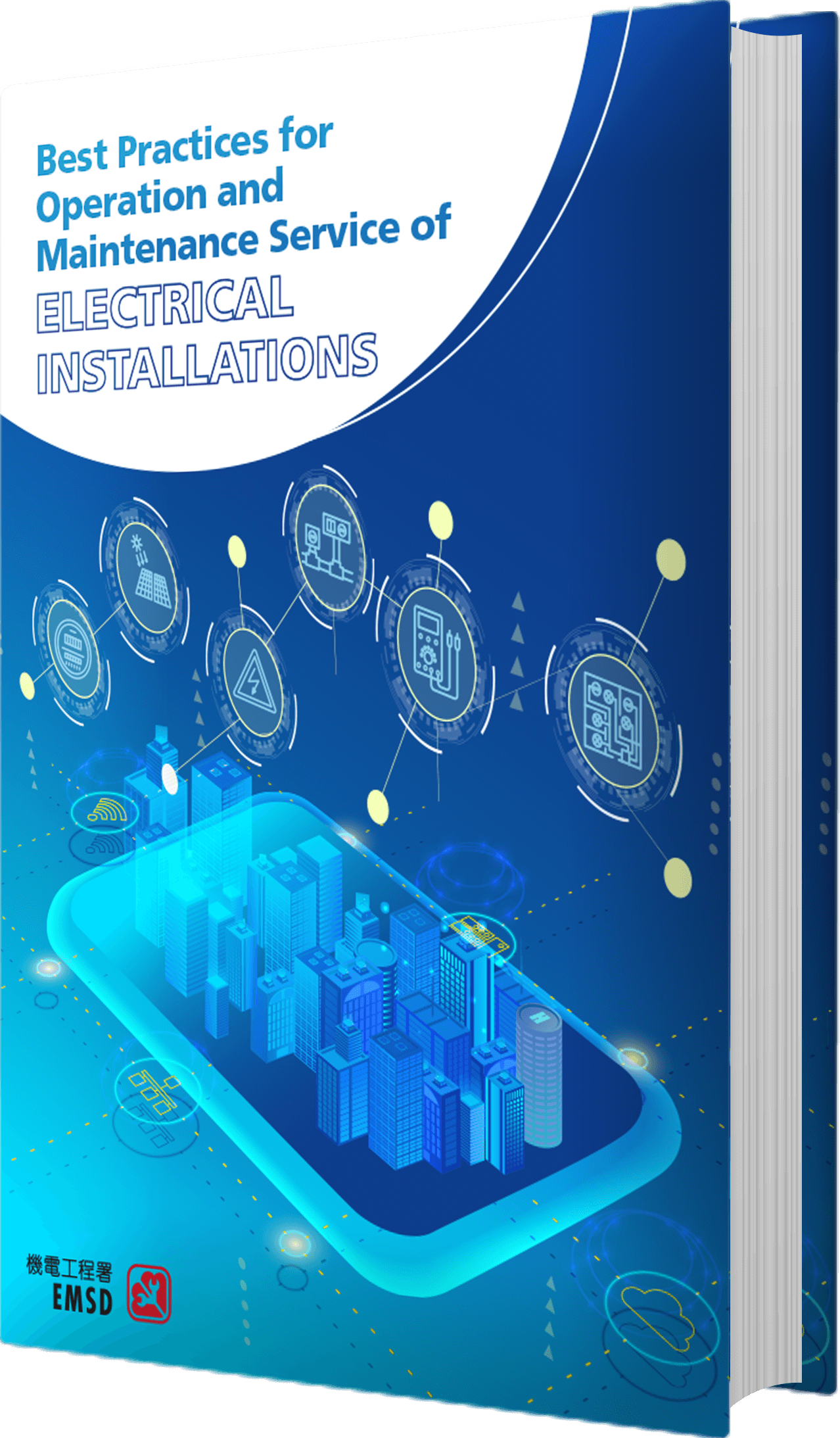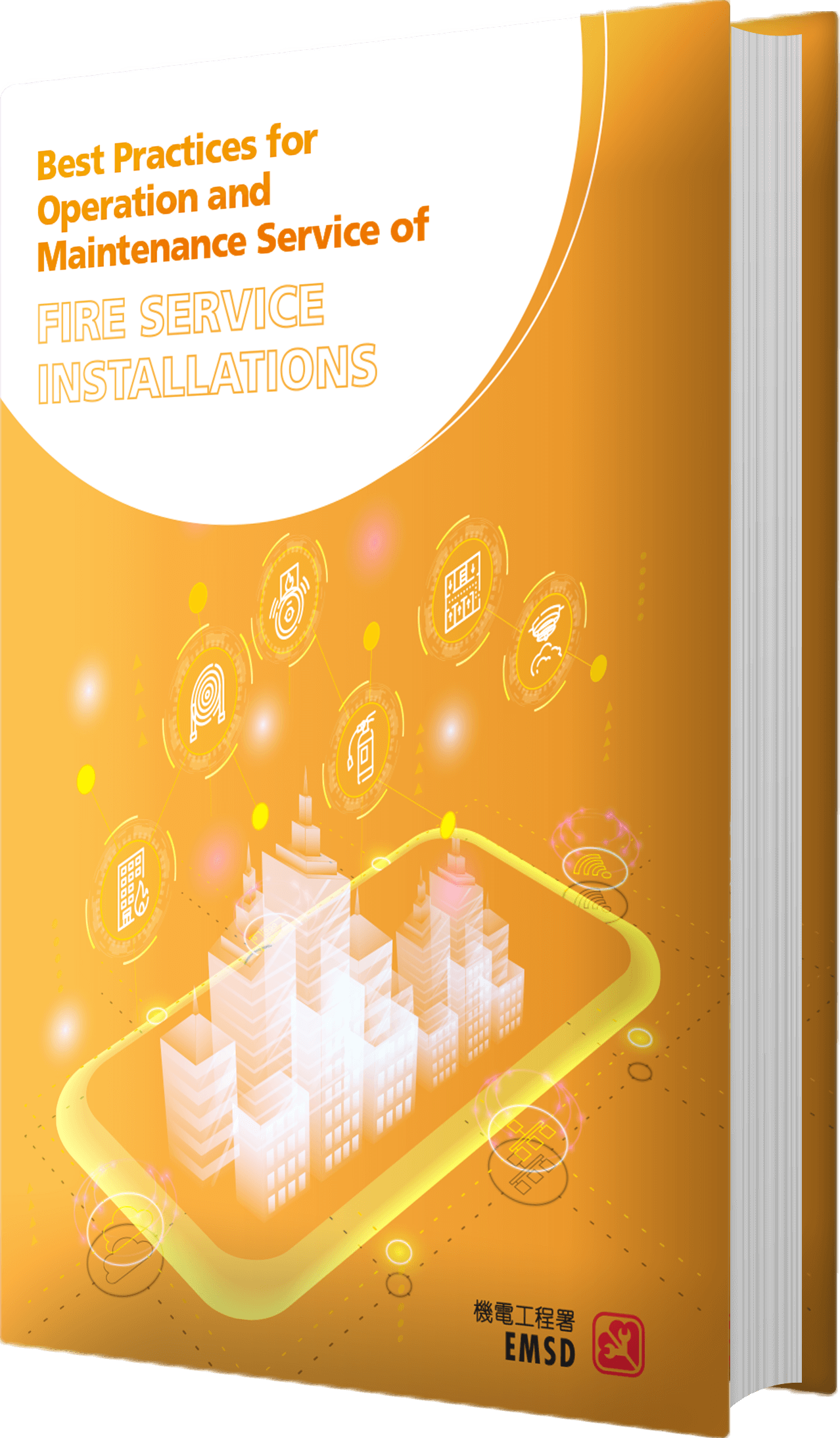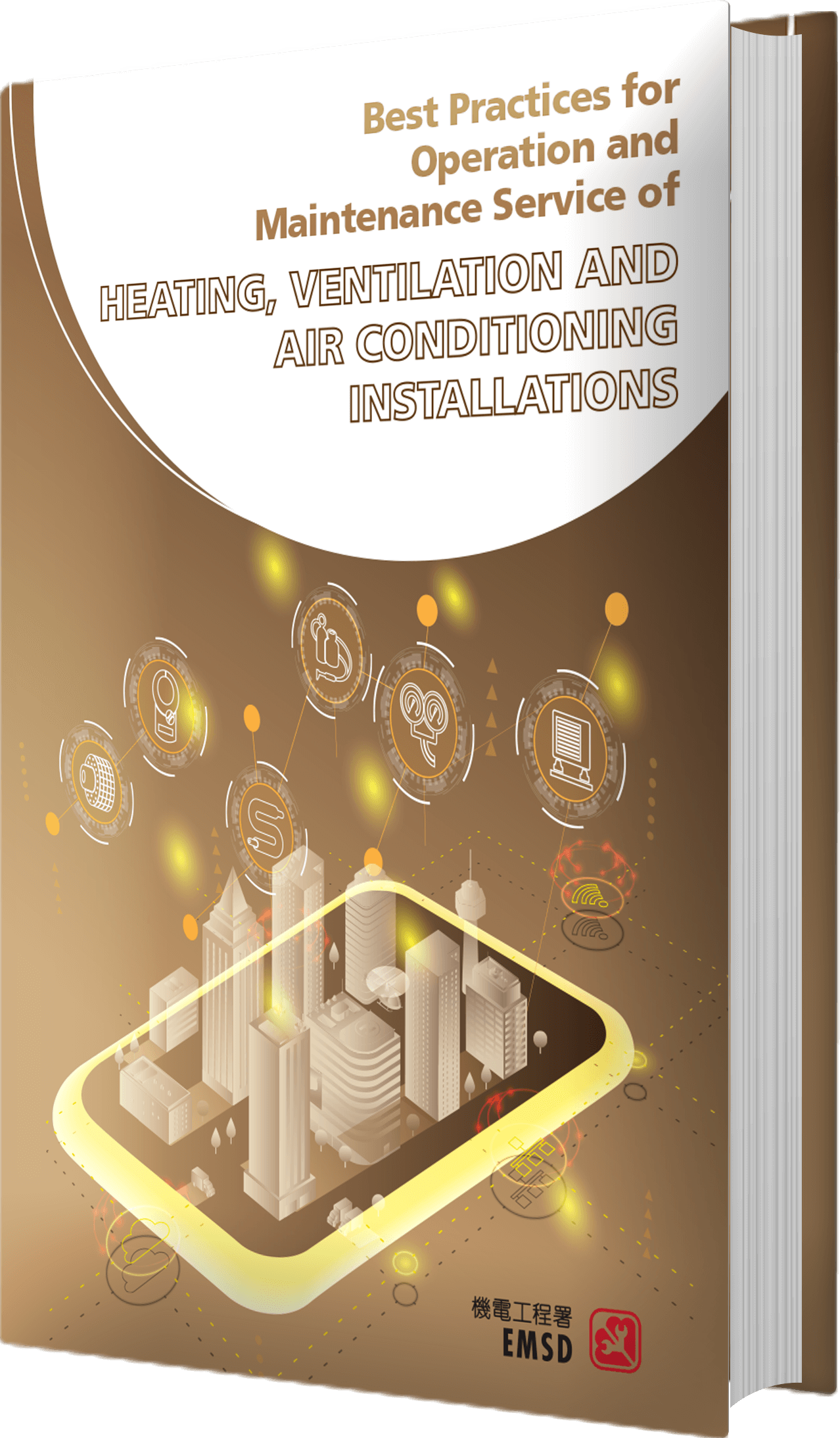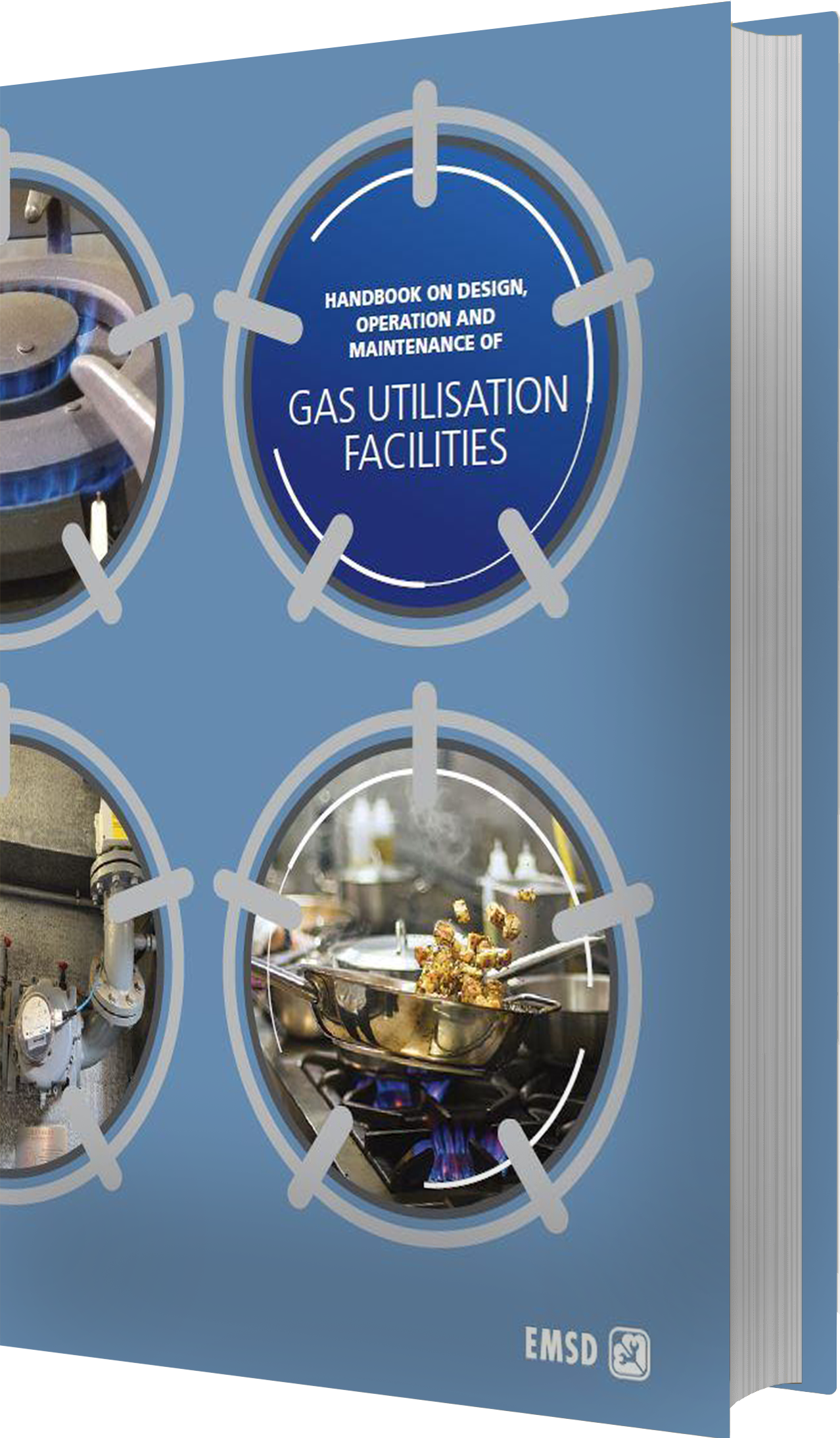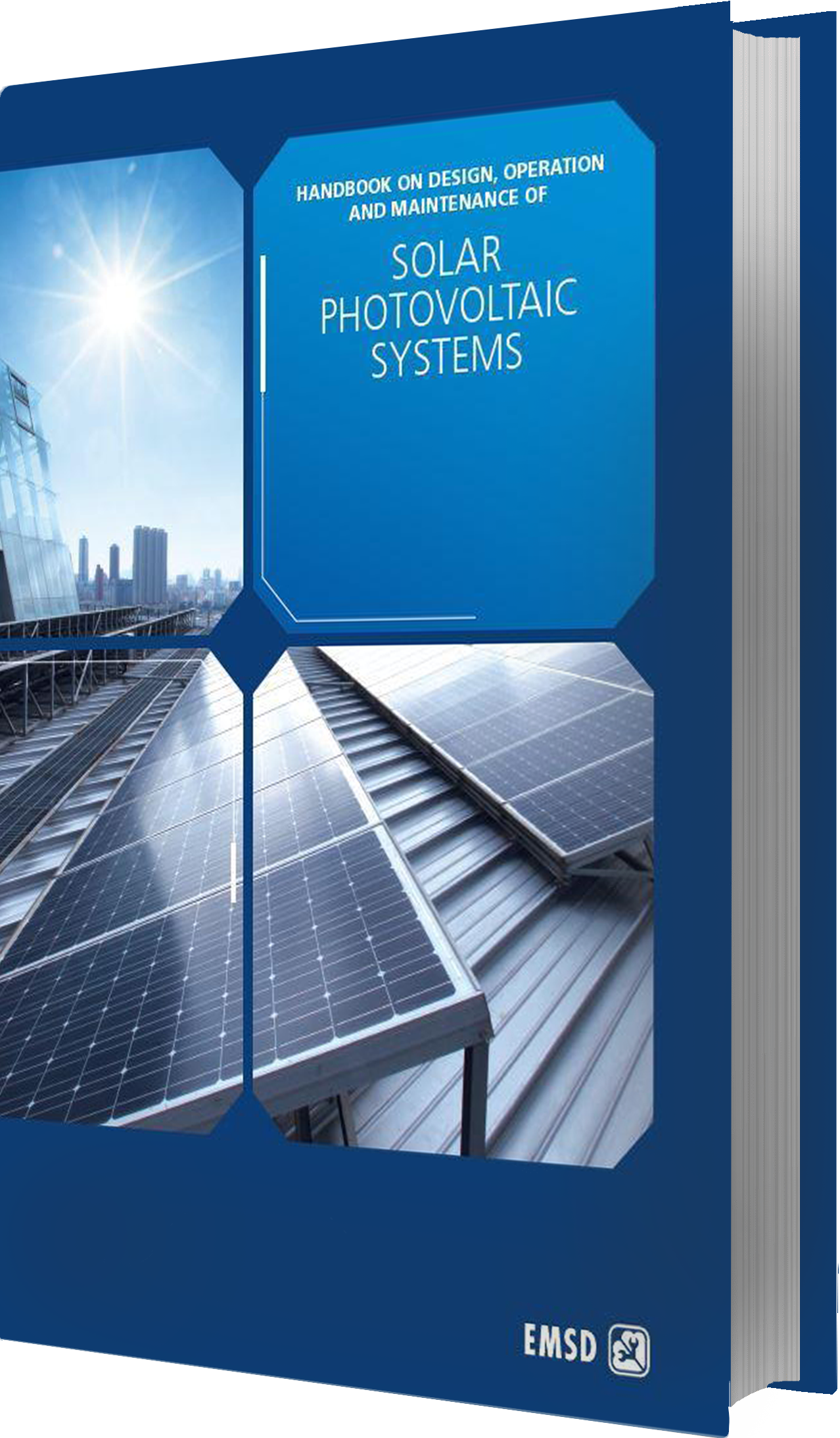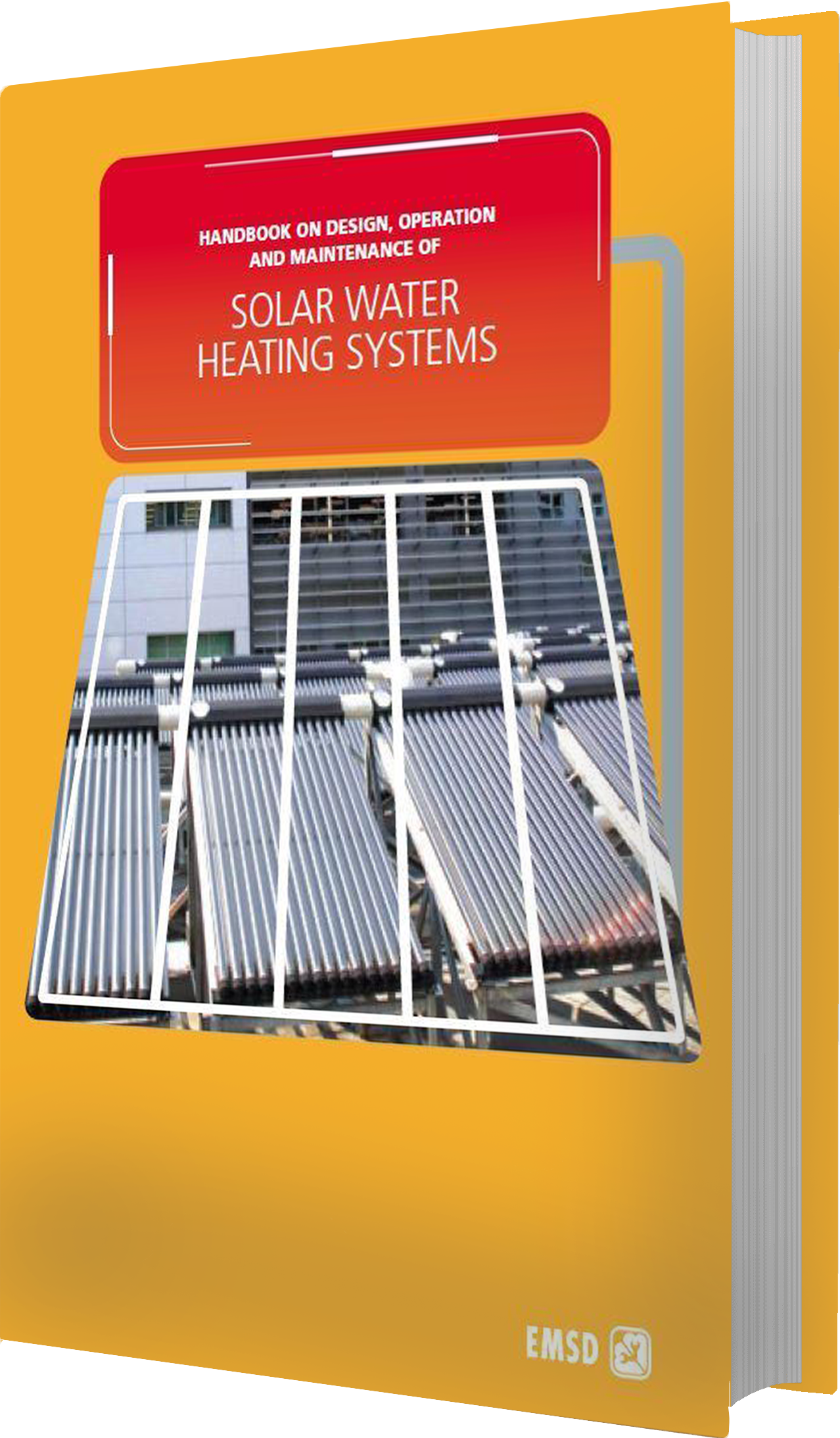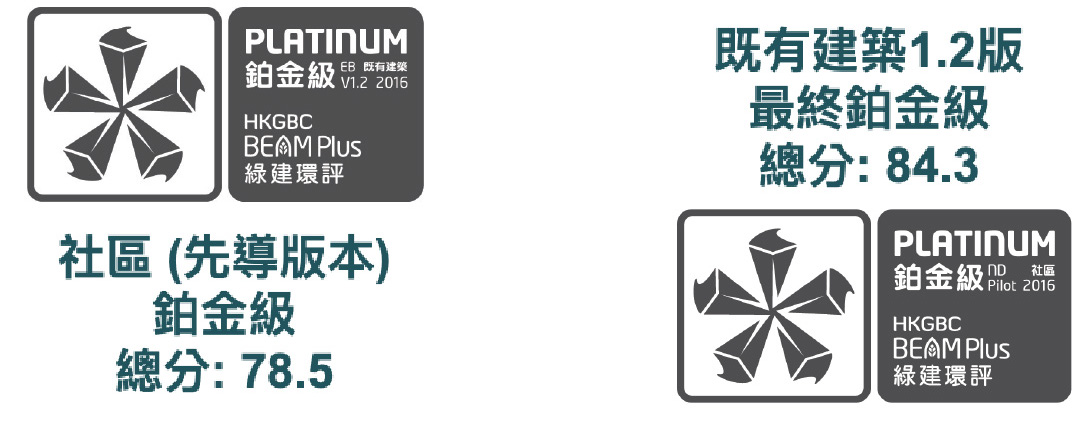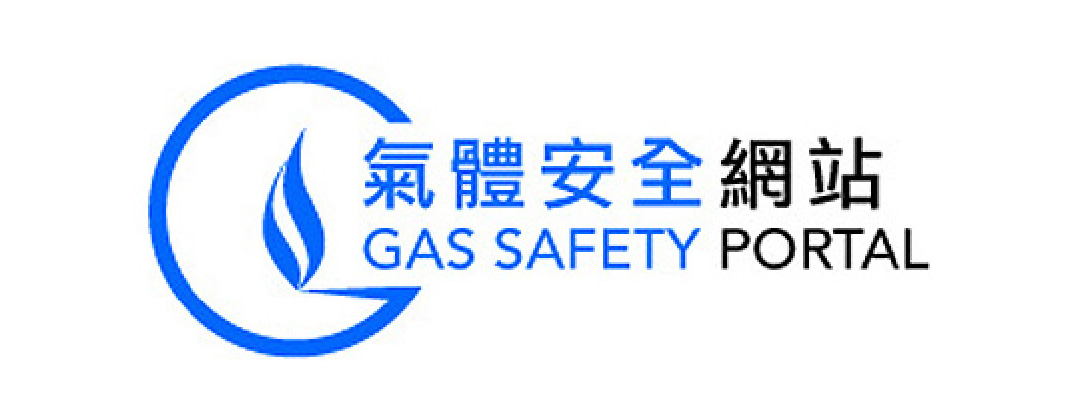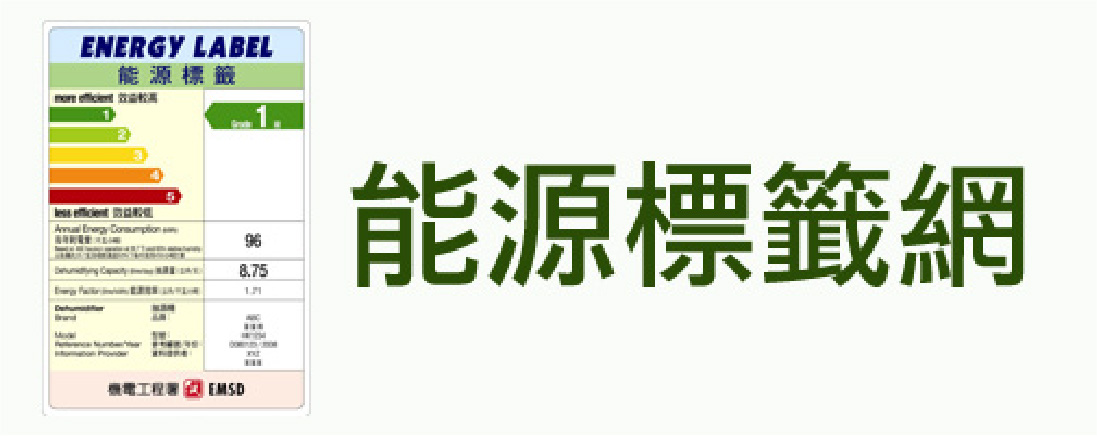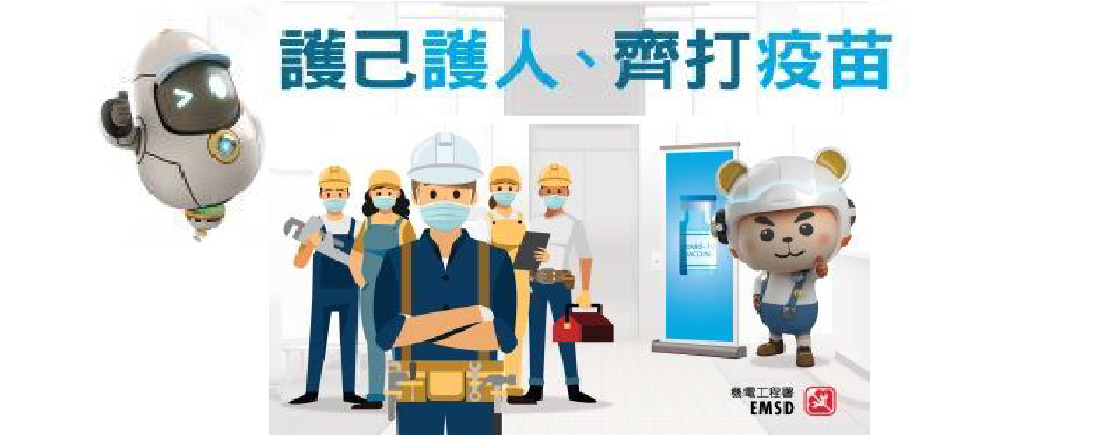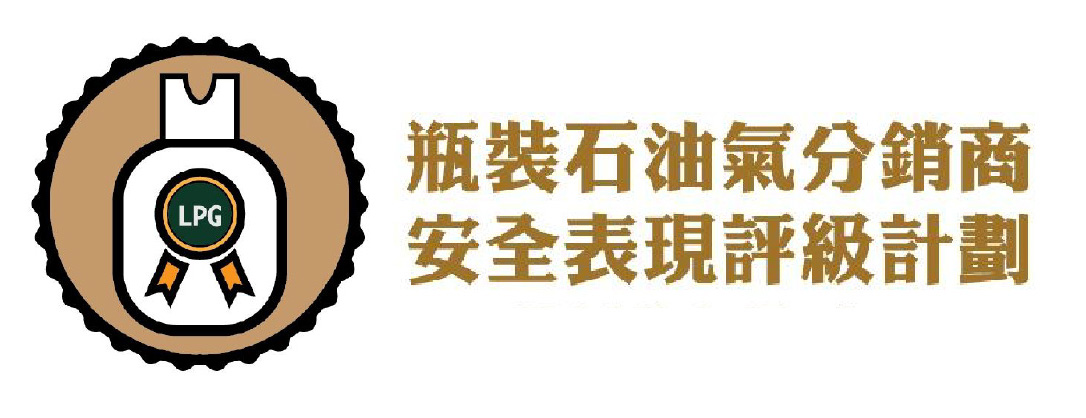1. Introduction
2. Design Considerations
3. Operation and Maintenance
4. Record/Documentation
Operation and Maintenance
3.1 Daily Operation
3.1.1 General Practice
(1)
A gas user’s awareness constitutes a key element of upholding gas safety in the kitchen. The following practices should be adopted in the daily operation of a commercial kitchen:
a)
Kitchen staff should visually check the operating conditions of the gas appliances to ensure that they are in good working order.
b)
The main isolation valve of a gas supply system should be turned off at close of daily business, after ensuring that all gas appliances have been switched off properly.
c)
Prior to commencement of daily operation, kitchen staff should check if all gas appliances had been turned off properly before the opening of the main isolation valve, and thereafter, check if there is any gas leakage or town gas/LPG distinctive smell before using any electrical or gas appliances.
d)
In case of suspected gas leakage, kitchen staff should stay calm and leave the kitchen after closing the gas main isolation valve. Once in a safe place, the staff should contact a RGC to arrange for repair work. If the leakage is uncontrollable, the staff should leave the kitchen immediately and dial the 999 emergency hotline.
e)
A gas supply pipe is not designed to withstand external loading other than that of the gas supply system itself. As such, the pipe should not be used to support other objects or as a hanger. Besides, the gas pipe should be well protected from chemical attacks such as detergents and other cleaning agents.
f)
Both town gas and LPG require fresh air for combustion. Therefore, an oversized pot placed on a cooktop may obstruct the supply of fresh air to the burner, thus affecting its burning efficiency. In addition, it may block the chef’s line of sight in inspecting the flame condition. Pots should be of an appropriate size.
g)
LPG cylinders should be kept inside a cylinder chamber. A person with adequate hands-on experience may replace the cylinder of a gas appliance by himself/herself. After replacement of the cylinder, he/she should check the integrity of the supply connection to ensure gas tightness and arrange the LPG cylinder distributor to collect the used cylinder as soon as practicable.
(2)
Any person, unless he/she is a RGI of an appropriate class employed by a RGC, should not repair the gas appliance on his/her own or disable the associated safety device of the gas appliance in order to enable its temporary operation. Instead, he/she should request a RGC to arrange for a RGI of an appropriate class to carry out the inspection and repair work.
3.1.2 Best Practice
Phasing out of Rubber Gas Tubing
(1)
Flexible gas tubing is a gas fitting used to connect a gas appliance like cooker or clothes dryer to the gas supply point in a domestic gas installation. It may also be used at other places like restaurants. Normally a tubing bearing the approval mark of the Gas Authority indicates a manufacture date and, depending on the type, can be used for 3 to 10 years from its manufacture date. There are currently 3 types of flexible gas tubing as follows:
a)
Type 1 – Tubing made of rubber
b)
Type 2 – Tubing made of rubber with stainless steel braiding or amouring
c)
Type 3 – Tubing made of stainless steel with stainless steel braiding or amouring
(2)
Types 1 and 2 flexible tubing are made of rubber which deteriorates with aging as a result of various factors including ambient temperature, light, oxygen, etc. As such, there is an expiry date for types 1 and 2 tubing. While type 3 tubing is made of stainless steel, it does not have such a problem. In addition, type 3 tubing can withstand a higher degree of physical attack as compared with the other types and therefore does not have any expiry date.
(3)
The gas user/RGC should select type 3 flexible tube as the first priority, where possible, for a new installation or replacement of type 1 or 2 flexible tubing. In this regard, a major RGSC has already been using type 3 stainless steel tubing for their appliances.
Identification of Live Gas Supply Pipes from Abandoned Pipes
(1)
In some buildings (normally commercial buildings), service laterals are branched off from a gas riser on each floor. An isolation valve may be installed at the immediate junction of each branch. At the service lateral inside individual premises, there is also a gas meter control valve. A schematic of the pipe network is shown in Figure 8.

(2)
When a premises does not require gas supply, the owner may inform the RGSC to terminate the gas supply and arrange demolition of the gas pipes. In the past, there were cases where the RGSC only closed and locked the meter control valve while leaving the isolation valve opened. The gas pipe section upstream of the meter control valve was therefore still supplied with gas.
(3)
An example is illustrated in Figure 9. The gas pipe sections including a service lateral and the isolation valve located inside the premises were still supplied with gas (live gas pipe section). The RGSC would affix a caution label marked with“Live Gas Pipe 帶氣喉管”next to the isolation valve inside the premises. However, a renovation worker who found that the gas supply to the installation pipe was suspended would perceive that the caution label was no longer valid. Eventually, the live gas pipe section was damaged by the worker, leading to a gas escape incident.

(4)
To avoid recurrence of similar incidents, the RGSC should adopt the following measures at the time of terminating gas supply to a premises:
a)
For premises in which there is another isolation valve upstream of the meter control valve, the RGSC should inform the building management office as they may need to consult the related parties about the gas supply status at the premises;
b)
Apart from the meter control valve, the RGSC should also close the isolation valve at the service lateral if it only serves the subject premises;
c)
The RGSC should affix a caution label marked with “Live Gas Pipe 帶氣喉管” close to the meter control valve. The same caution label should also be affixed, at certain intervals (e.g., within 1m), along the live pipe sections. Besides, the label should bear a date with font size large enough for ease of inspection;
d)
The RGSC should check and ensure that the gas pipe identification tapes on the live pipe sections are still intact, clear and sufficient to serve their purpose of notification;
e)
The RGSC should take photos of the live pipe sections as well as the locations of the “Live Gas Pipe 帶氣喉管” caution labels and gas pipe identification tapes for record.
Isolating Abandoned Gas Pipes at Demolition Sites
(1)
Damage of abandoned gas pipes at demolition sites leading to gas incident was occasionally reported. Typically, the isolation valve at the underground pipe section was closed and the majority of the exposed gas pipes inside the building to be demolished were removed. However, part of the pipe section immediately connected to the isolation valve had sometimes remained intact, only with its end plugged (Figure 10).

(2)
There was a preceding case where an abandoned pipe section between the isolation valve and the plugged end was still filled with residual gas which eventually leaked out from the pipe when a demolition worker cut on it. To avoid recurrence of similar incidents, the RGSC/RGC should adopt the following measures:
Isolation of Gas Pipes from Gas Supply by RGSC/RGC
a)
Prior to termination of gas supply to the site, the RGSC/RGC should mutually agree with the project proponent for the disconnection point at the gas pipe;
b)
The disconnection point at the gas pipe should be so selected that the retained pipe section will not have physical contact with any structure which is to be demolished or will be left unsupported after demolition of the building structures;
c)
The residual gas contained inside the pipe section between the isolation valve and the plug-off end should be thoroughly purged;
d)
The retained pipe section should be fixed with a warning notice at a conspicuous location and with sufficient font size for easy visualisation. The contact phone number of the RGSC/ RGC should be displayed on the warning notice for enquiries, if any;
e)
The RGSC/RGC should take photos of the warning notice and precautionary measures implemented for the abandoned gas pipe, for record.
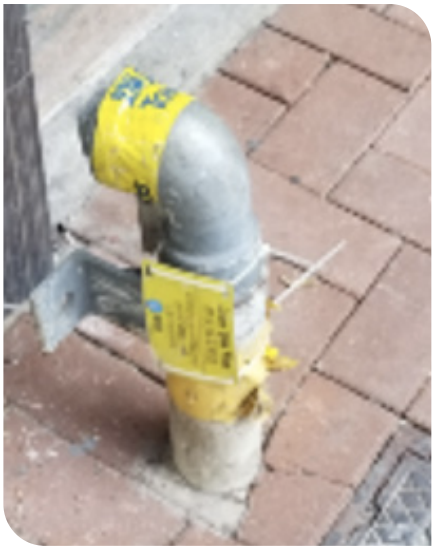
Demolition of Abandoned Gas Pipelines
a)
A demolition contractor should pay particular attention to a gas pipe, which is going to be demolished, if it is plugged at one end while embedded in wall or ground (Figure 10) at the other end. For this situation, the subject pipe may still be connected to a gas supply network. Demolition of the pipe may consequently damage the integrity of the entire pipe section, which is still supplied with gas or filled up with residual gas, leading to gas leakage.
b)
Prior to commencement of the gas pipe removal work, the demolition contractor should ensure that the abandoned gas pipe has already been disconnected from a live gas pipe/fitting. If, under any circumstances, the demolition contractor is unable to confirm the gas supply status of a pipe section, the RGSC/RGC concerned should be consulted before commencement of the demolition work.
c)
In case a gas pipeline section to be demolished is found connected to a live gas pipe, a RGSC/ RGC should be engaged to disconnect it from the live gas pipe section, according to the measures described in the “Isolation of Gas Pipe from Gas Supply by RGSC/RGC” section above.
3.2 Emergency Preparedness
3.2.1 General Practice
Affixing Emergency Notices at Conspicuous Locations
(1)
An ON/OFF notice in permanent form, in English and Chinese (Figure 11), shall be affixed adjacent to a gas emergency control valve and at a conspicuous location, to indicate the open and closed positions of the valve.

(2)
Layout of the fire escape route should be affixed at conspicuous locations.
3.2.2 Best Practice
(1)
Owners should establish an emergency procedure and keep an updated emergency contact list for the use of their employees in case of a gas incident. Owners should also arrange gas safety briefings for employees regularly to maintain a high level of safety awareness. Some useful telephone numbers for emergencies are tabulated as follows:
| Government Departments | Telephone for Emergency |
|---|---|
| Fire Services Department/Hong Kong Police Force | 999 |
| Registered Gas Supply Company | 24-hr Emergency Hotline |
| The Hong Kong China and Gas Company (Towngas) | 2880 6999 |
| IP&E GBA Limited (LPG) | 2435 4511 (Esso) 2495 3518 (Mobil) |
| DSG Energy Limited (LPG) | 2322 2000 (Shell Gas) |
| Sinopec (Hong Kong) Petroleum Holding Company Limited (LPG) | 2433 2111 (Sinopec) |
| Concord Oil (Hong Kong) Limited (LPG) | 2333 4215 (Concord) |
| Rise Smart Industrial Limited (LPG) | 6672 3328 (New Ocean) |
3.3 Preventive Maintenance
3.3.1 General Practice
(1)
For repeated failures of ignition, there may be a malfunctioning of either the automatic ignitor or the flame failure device (FFD). One should stop using the appliance and arrange for a RGC to inspect and repair it.
(2)
The function of an interlock system is to suspend the gas supply to a gas appliance when its associated ventilation system fails. As such, malfunctioning of the ventilation system can trigger the interlock system to stop a gas appliance from operation. The owner/responsible person should arrange for a suitable registered electrical worker to inspect and repair the ventilation system.
(3)
If yellow flame or soot is observed, there may be some deficiencies with the gas or air supply components of the appliance. Kitchen staff may try to clean up the burner tips/caps with a wire brush. If the problem persists, the owner/responsible person should arrange for a RGC to inspect and repair it.
3.3.2 Best Practice
(1)
The owner should arrange and facilitate regular safety inspections for their gas installations including gas pipes, meter control valves and service valves, at an interval not exceeding 18 months and 12 months for domestic premises and non-domestic premises respectively, by a RGSC or RGC.
3.4 Spare Cylinders Management
3.4.1 General Practice
(1)
Owners, especially LPG cylinder users, should monitor the gas consumption rate in their catering premises. They should liaise with the LPG distributor for the timely supply of LPG and make sure that empty cylinders are collected from the premises to avoid storing LPG cylinders in excess of 130 litres aggregated water capacity on site.
3.4.2 Best Practice
(1)
If the gas consumption rate in the catering premises is so high that the owner cannot reach an agreement with the LPG distributor to maintain reliable gas supply, the owner should consider applying for the construction and use of a cylinder storage (i.e., NGI) in the premises in order to increase the storage limit of LPG cylinders.
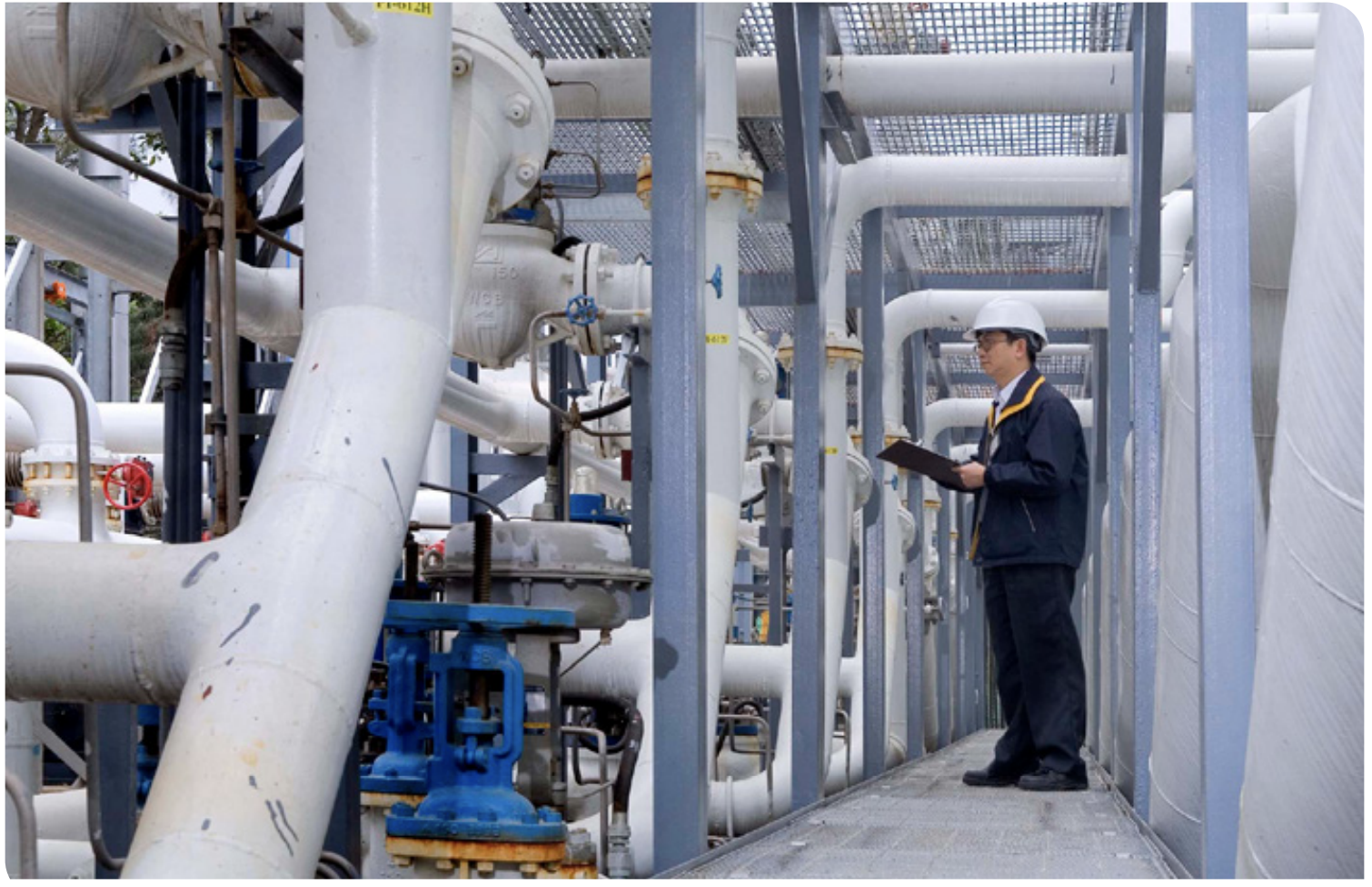
Subscribe for future updates
In order to subscribe to the newsletter or to activate e-mail notifications and content updates, you can follow few simple steps described below.It allows users to receive customized e-mail notifications when content is added or modified in EMSD.
Subscribe
x
Subscribe for future updates
We will only send you emails about the update that you subscribe to, and you can unsubscribe at any time.

